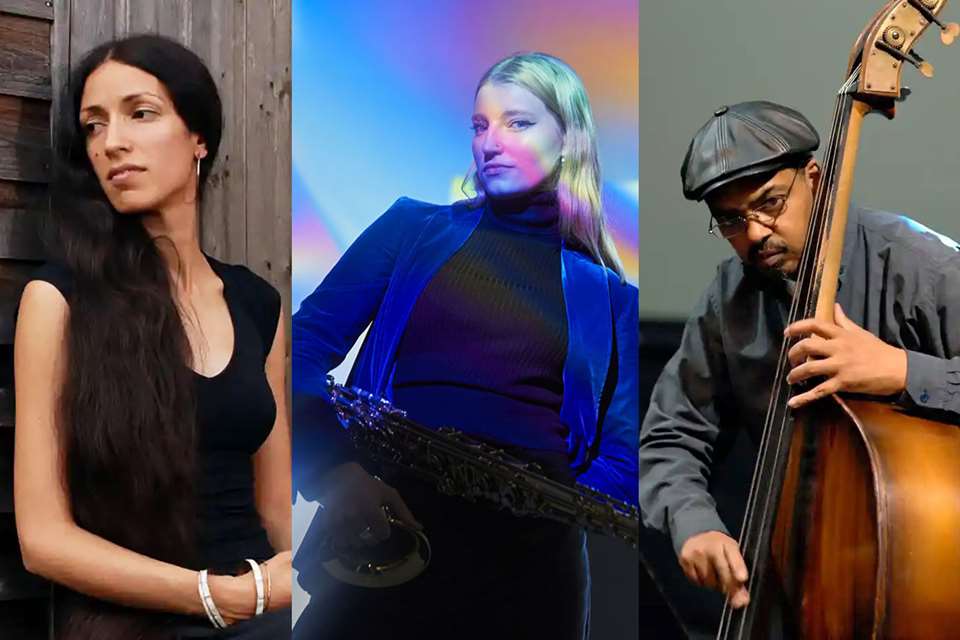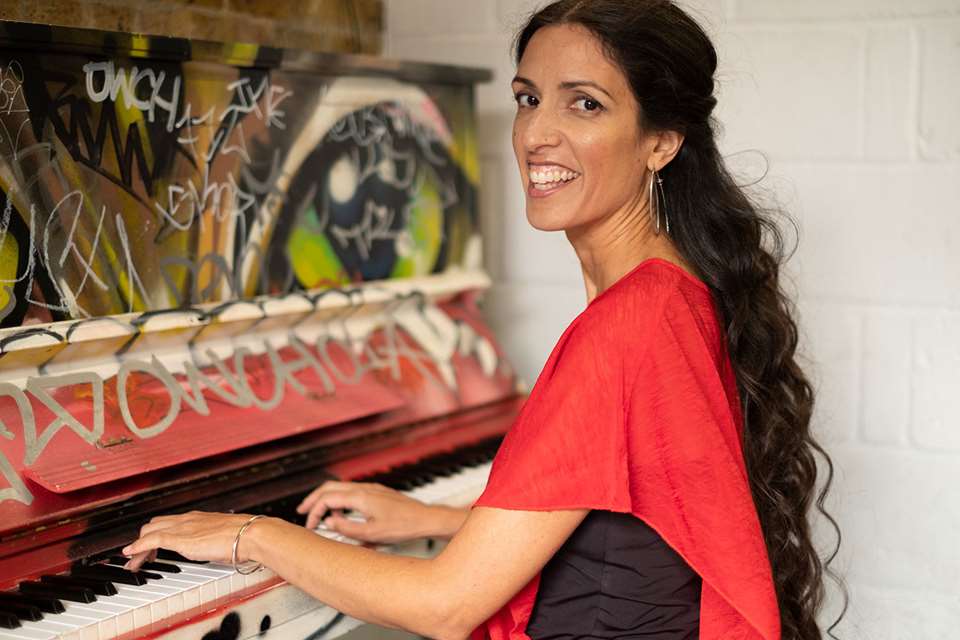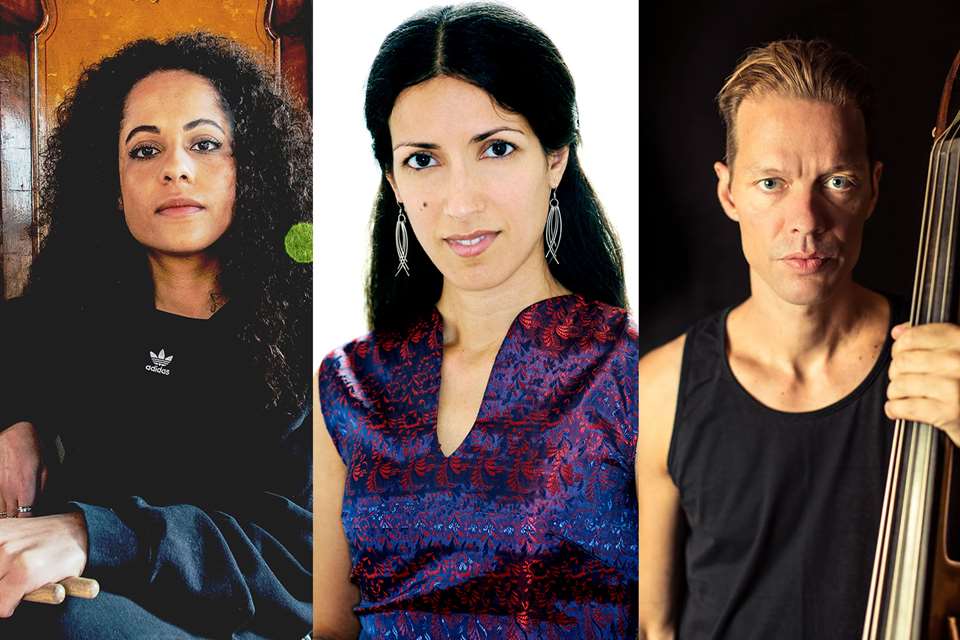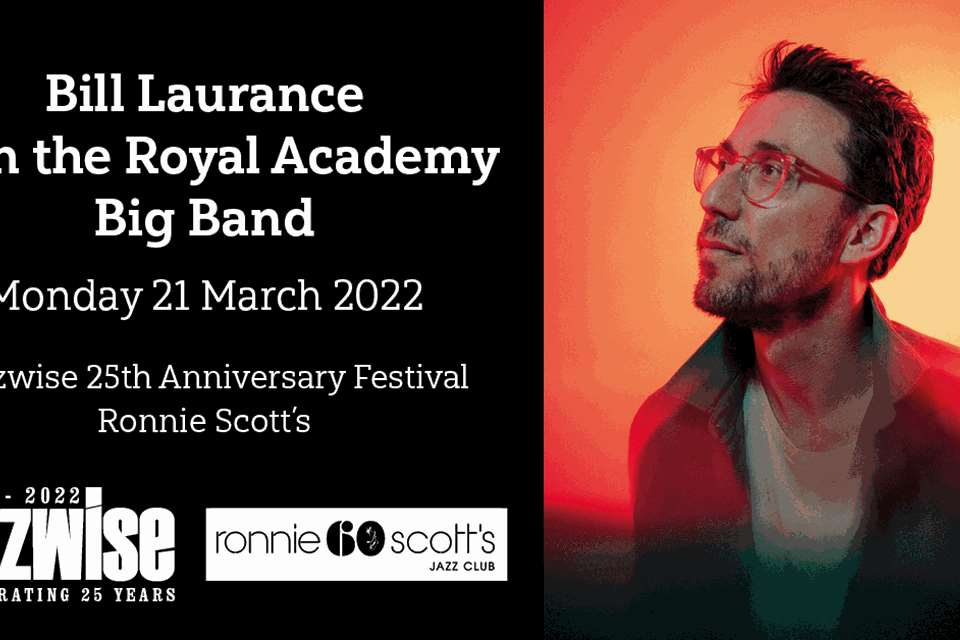Zoe Rahman interview: “I wanted to do music for a large ensemble, just to show my music in a different light”
Kevin Le Gendre
Tuesday, August 15, 2023
With the release of Colour Of Sound, her most expansive album to date, Zoe Rahman tells Kevin Le Gendre about how the music was forged from the whole spectrum of human experience. Photography by Ilze Kitshoff
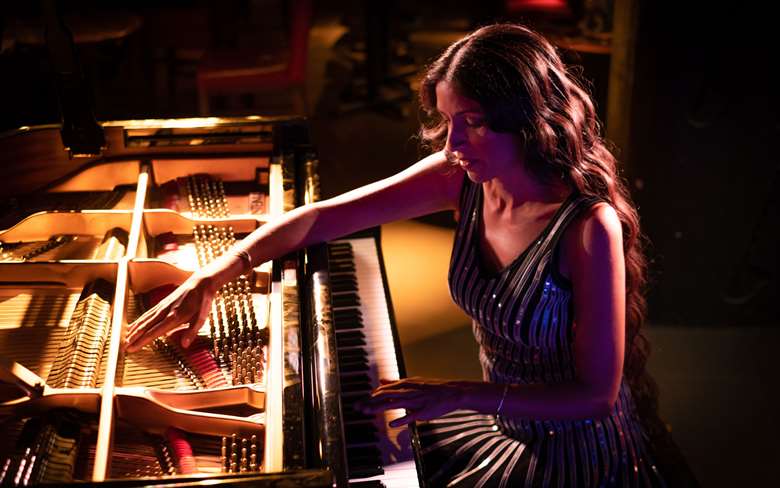

Register now to continue reading

Thank you for visiting Jazzwise.co.uk. Sign up for a free account today to enjoy the following benefits:
- Free access to 3 subscriber-only articles per month
- Unlimited access to our news, live reviews and artist pages
- Free email newsletter
